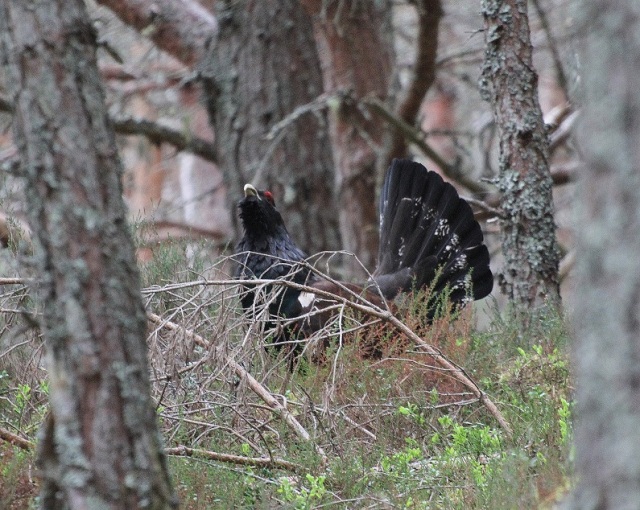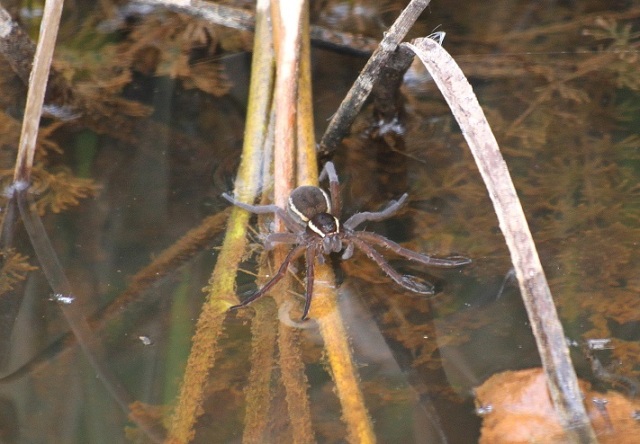Rare Species to Look out for this Spring
By Charlie Elder, author of Few and Far Between
There is something about rare wildlife that captivates us. From seahorses to snow leopards, scarcity bestows a certain quality, an undeniable allure. Encounters with seldom-seen species can be among our most treasured memories. And not only do rare animals embody a celebration of the diversity of nature around us, they also highlight the uniqueness of species and the fragility of life on earth. To see them can be both a thrilling and a moving experience.
When I set out to find a selection of Britain’s rarest and most endangered animals, and tell the stories of conservation work to save them, I was relying for the most part on expert help to track down my targets. But there are plenty of scarce and charismatic species that everyone can enjoy, scattered like precious gems across our islands. All it takes is to be in the right place at the right time, narrowing the odds of success in your favour. And if you don’t get lucky, you’re bound to see something else of interest. Nature always rewards those who make an effort to get out and get searching…
So here is a selection of five uncommon delights, including a number of favourite encounters from my travels for Few And Far Between. Some are more elusive than others, but then seeking out rarities wouldn’t be any fun if it was too easy!

Capercaillie – one of Scotland’s most famous birds, this giant grouse is found in the ancient pine forests of the Highlands. In the spring, the glossy black males strut their stuff on the woodland floor to impress females, emitting bizarre clicking and popping sounds. To see one of these scarce and localised birds, head for the RSPB’s Abernethy Reserve where early morning ‘Caper-watch’ sessions run during April and May at the Loch Garten Osprey Centre. And if you don’t spot one, you can treat yourself to a local osprey sighting instead.

Smooth snake – Britain’s rarest reptile, this secretive heathland species is restricted to a few sites in southern England. It’s a mini-constrictor, grabbing lizards or small mammals and coiling around its prey before swallowing it whole. Greyish-brown and non-venomous, it has a distinctive black heart-shaped mark on the head and subtle but attractive patterning. The RSPB’s Arne Reserve in Dorset runs reptile events during late spring and summer with the chance to see these protected rarities.

Fen raft spider – as British spiders go, they don’t come much larger than this spectacular wetland species, which is capable of catching sticklebacks. It is handsome too, with two cream stripes running down its dark body. Suffolk Wildlife Trust’s Redgrave and Lopham Fen reserve has a special ‘spider trail’, which passes pools of still water where the rare semi-aquatic spiders can be spotted lurking amid the reeds at the edges waiting for passing prey.

Pine marten – these bright-eyed and bushy-tailed agile arboreal hunters, shaped like supersized stoats and capable of chasing down squirrels, are our rarest carnivores after the Scottish wild cat. Almost entirely found north of the border, they are striking and handsome woodland dwellers. Speyside Wildlife runs guided evening visits to a hide on the Rothiemurchus Estate in the Cairngorms, where pine martens regularly visit feeding stations.

Natterjack toad – our nosiest amphibian, with a croak that can be heard up to a mile away, this rarity is confined to a few dozen heathland and coastal sites. Mostly active after dark, they run rather than hop, are weak swimmers and have a thin yellow stripe running down the back. Even if you don’t spot one, the males in chorus are well worth hearing as they attempt to lure females to shallow breeding pools with load croaks, amplified by an inflatable vocal sac. Head to Sandscale Haws National Nature Reserve where National Trust rangers conduct evening toad walks in spring and early summer.